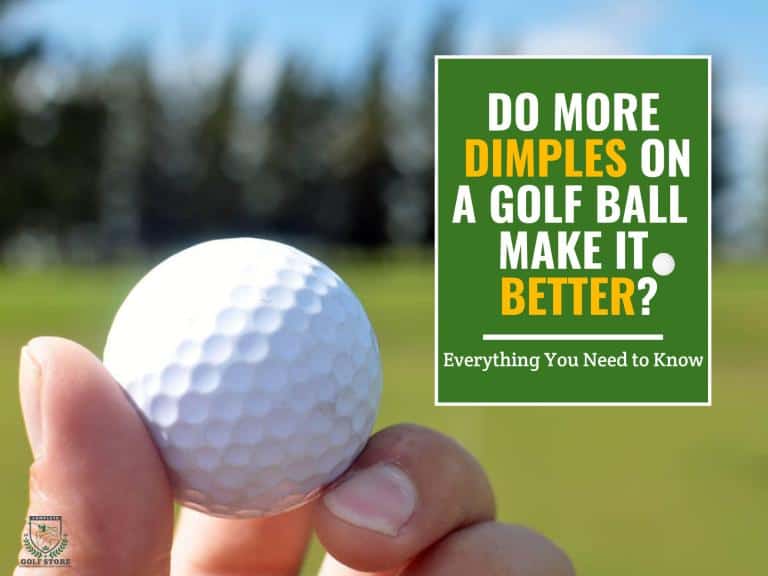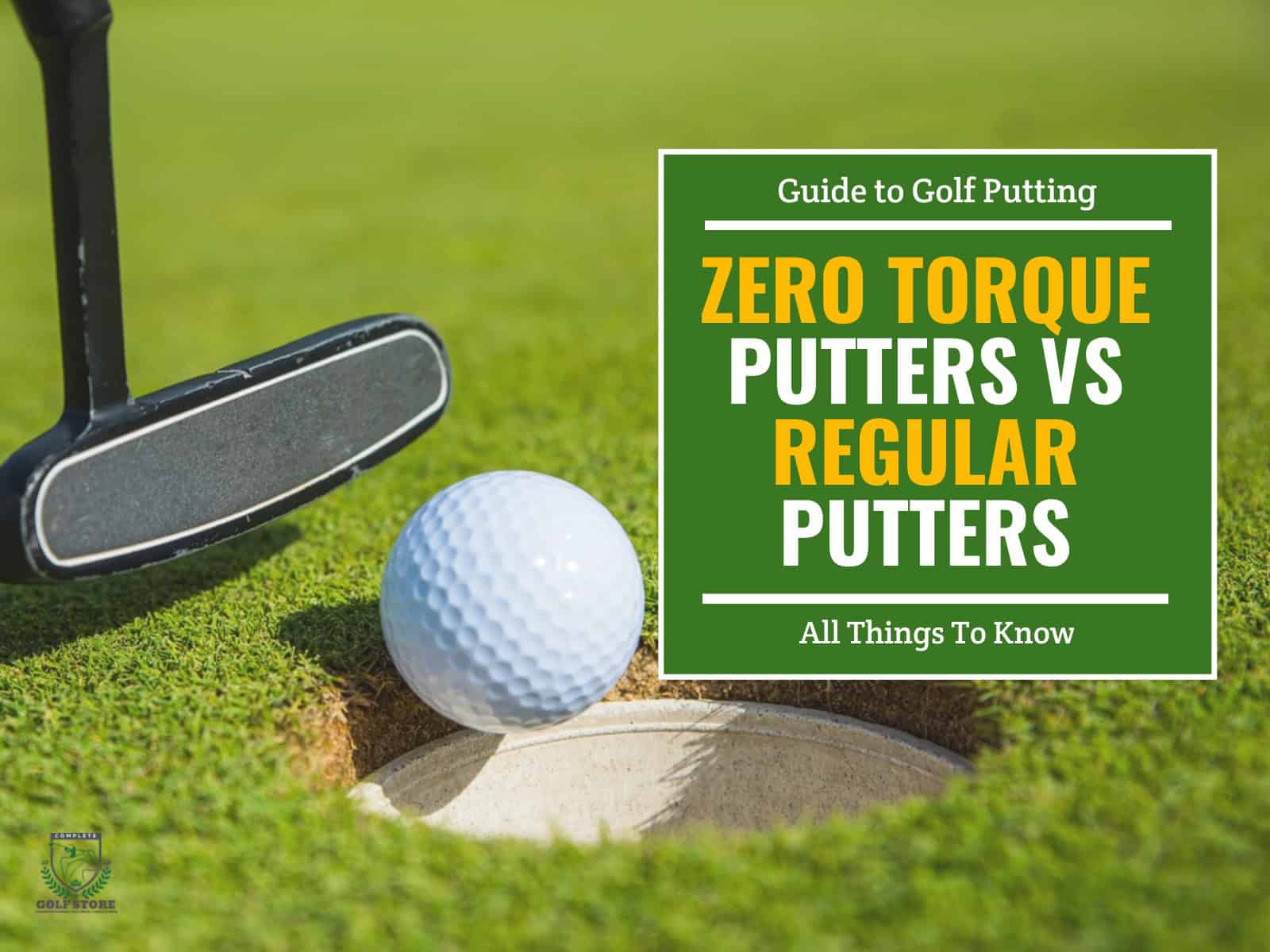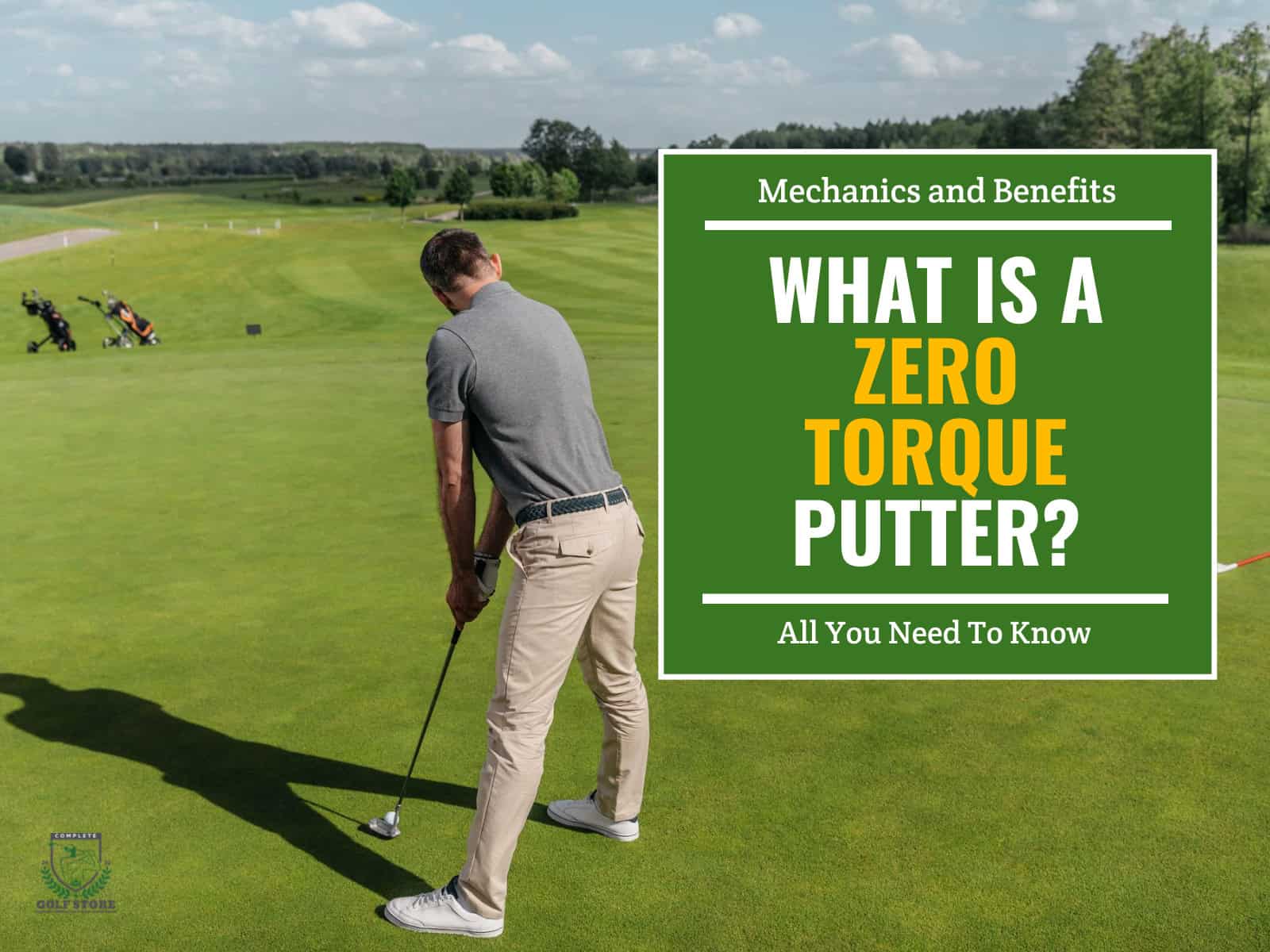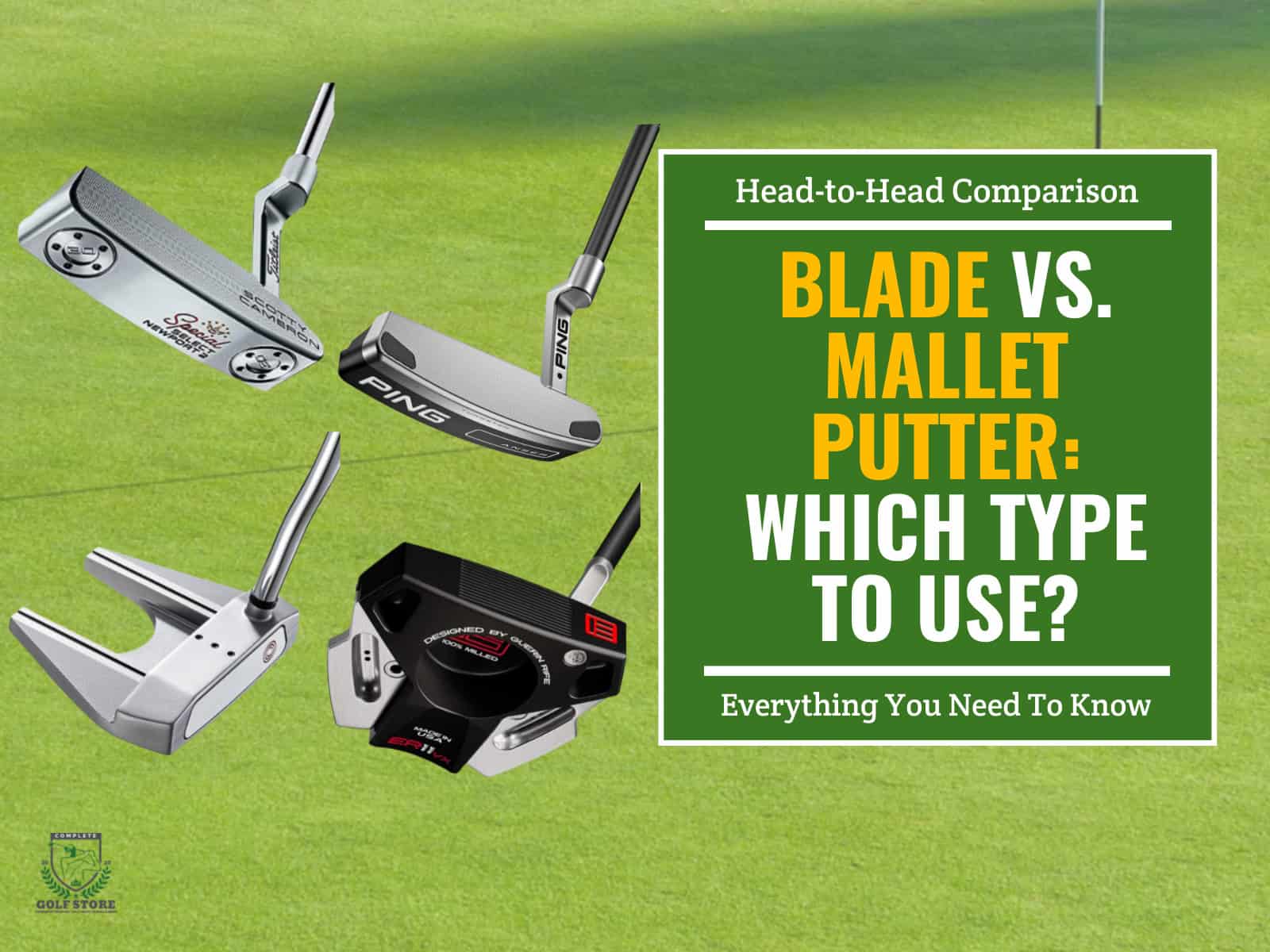After the impact between the golf ball and the club, the ball’s trajectory is fully controlled by aerodynamics and gravity, with the golfer having no further contribution. However, many people ask whether having more dimples on a golf ball can have any impact, especially in making it better.
These dimples are essential, but the market is awash with different golf balls with varying amounts and designs of dimples which leaves the question, which one is the best? Is a golf ball better because it has more dimples, or is it just a theory?
We seek to answer this question in this article.
Does Having More Dimples Make a Golf Ball Better?
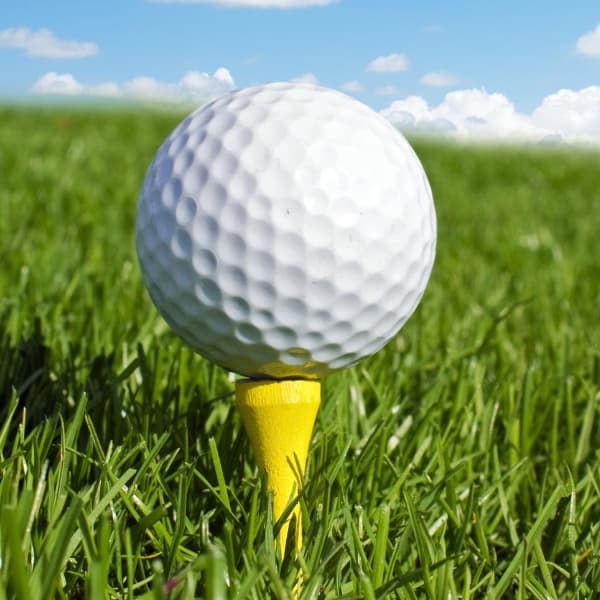
Although the number of dimples on a golf ball may look unsystematic and inconsequential, they are strategically and intentionally designed and distributed all across the ball. The number is carefully determined with the hope of increasing the golf ball’s efficiency.
However, this does not necessarily mean that the more the dimples, the better the golf ball. While the number of dimples is impactful and important, their dimension is more important and worth considering.
Having too many dimples on the ball will translate into more drag while fewer dimples will result in an irregular flight trajectory. While the number of dimples is essential, having too many can have a negative impact on your game.
The number of dimples found on a golf ball is determined specifically by the manufacturers, and this is intended to affect some specific characteristics of that particular ball mid-flight. In most cases, a golf ball has between 300 and 500 dimples. So, the question is, which one is better and should you use it?
The Impact of Dimples on Your Golf Experience
The drag of a golf ball is adversely affected by the number of dimples found on it. What this means is that the higher the number of dimples, the slower the movement of the ball through the air as compensation for the different hits and swing styles.
If you want the ball to move faster through the air, then you will need to have less drag and this will only be possible if you have a lower number of dimples.
It’s good to note that the ball faces some considerable amount of resistance as it flies through the air and for it not to be slowed down, you will need a ball that has fewer dimples for minimized drag.
The number of dimples may change your game experience, and that’s why there are golf balls for ladies, beginners, and seniors.
Do Dimples Affect How Far the Golf Ball Will Fly?
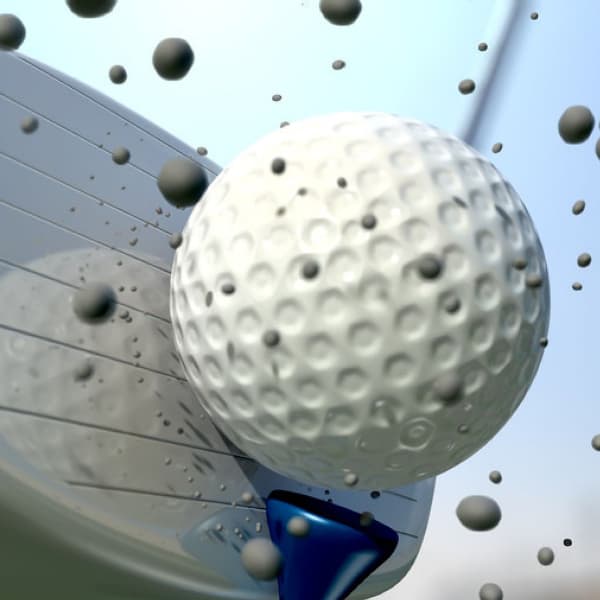
The placement of dimples on golf balls is meant to change the aerodynamic qualities of the ball in the air. The distance that the ball covers is obviously one of these properties.
Dimples can determine how far the golf ball will fly and without them, the ball will not be able to spin properly and have a lot of drag mid-air. When considering the distance covered by golf balls with dimples and those without, the variation is considerable, and this has been proven.
The dimples are purposely designed on the surface of golf balls as part of the manufacturing process to affect ball flight, and this includes the distance the ball will cover once hit. The dimples achieve this by causing the ball to spin while in the air.
As the backspin motion takes place, it forms a low-pressure zone underneath and behind the ball, thus pushing it upwards.
This causes the ball to stay longer in the air, which enables it to travel a little bit further. However, the dimples should be well-designed to produce better spin and greater distance coverage. This principle is generally known as lift.
The better lift a ball has as a result of its rotation while airborne, the greater the distance it covers before dropping to the ground. As such, dimples have an effect on the distance that a ball can cover.
Here is an educational video (4 minutes 54 seconds) from United States Golf Association (USGA) that further explains how the dimples on golf balls affect their aerodynamics.
Number of Dimples on Professional Golf Balls
The variety of golf ball brands available is as wide as you can imagine. These different balls come with a different number of dimples and patterns.
The 2020 PGA tour used golf balls designed with between 322 and 376 dimples. We may consider this margin to be a bit narrow, especially considering that a regular golf ball has a range of between 300 and 500 dimples.

This would mean that professional golf balls fall under a particular variety, with professional golfers having a specific preference. One of the reasons why pro golfers prefer golf balls with that kind of dimple range is that they have better control over the ball during the game.
Golf balls with that dimple range offer superior height, better backspin and loft, and incredible control. Pros have the required skills to benefit from those features.
What Would Be Considered the Best Dimple Range on a Golf Ball?
A good golf ball should have dimples ranging between 320 and 430, and this can be considered the optimal range. Having more or fewer dimples will greatly affect the ball control and distance.
While opinions could be divided based on who you ask, the optimal number of dimples is determined by so many factors, including the golfer.
Some golf balls offer a dimple range that has a better drag and lift balance, but critically speaking, no particular number can be said to be superior to the other. As aforementioned, the number of dimples on a golf ball isn’t the most important feature to consider, although it has a role to play.
The most important aspects to consider when looking for a golf ball should be the size, edge angles, shape, and depth of the dimples.
These features have a huge impact on the ball’s performance. A ball that has very few dimples will be too smooth, making it very unpredictable mid-air while affecting the distance covered. On the other hand, too many dimples will end up slowing the ball down and reducing its flight distance, by producing a higher ball flight (because of too much spin) rather than a straighter one.
Conclusion
When considering the dimples on a golf ball, the most important factor to look at should be the patterns. The pattern of the dimples plays an important role in aerodynamics, which affects spin, trajectory, distance, flight stability, ball speed, etc.
The golf ball dimples should be rightly sized, and their depth should also be proportional as this determines the spin rate and impacts the lift.
The dimple layout helps determine the stability and trajectory of the ball and the kind of drag it will experience mid-air. It also determines the launch height (Apex height) once the ball is hit.
More dimples do not translate into a better ball. Their design and layout are what should concern you more, as this determines the kind of performance your ball will have.


